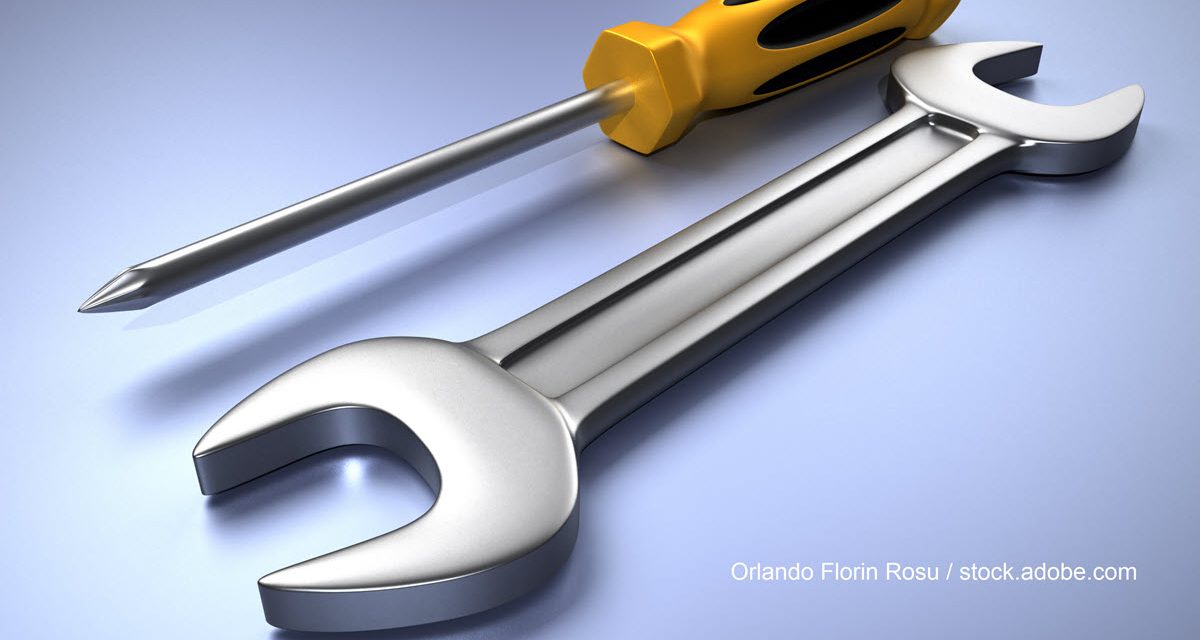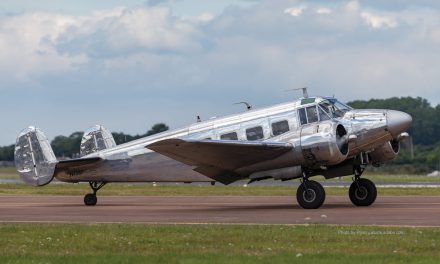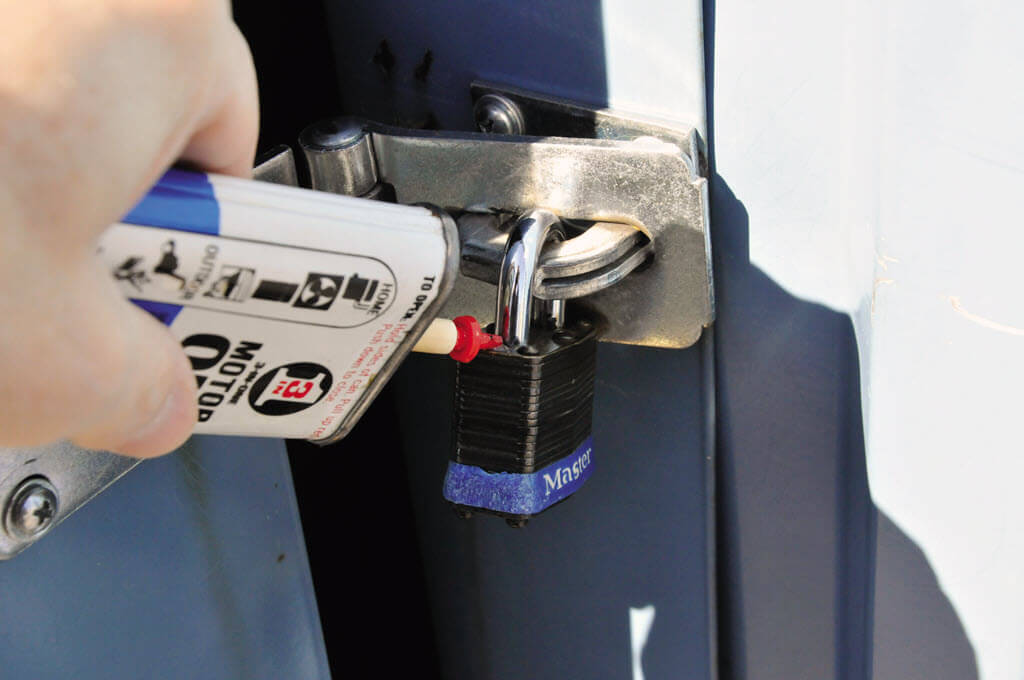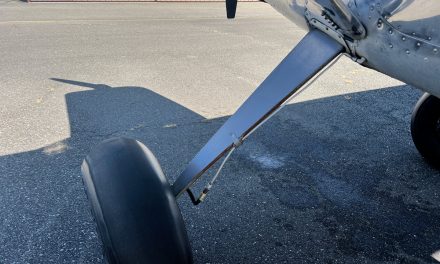Even well-intentioned and executed maintenance doesn’t always end well. I’ve read many articles in flying magazines discussing bad first flights after maintenance. The TV series Air Disasters is full of episodes on this topic. It’s alarming and frightening, but it can’t happen to us, right? After owning eight airplanes — four twins and four singles — over 60 years and thousands of hours of flight, I can tell you that I don’t have enough fingers on my hands to count the number of maintenance-induced emergencies I’ve experienced. Here’s one example.
A few years ago, when I owned a 1977 Seneca II, I had my plane in the shop to replace my Garmin 530 and install a new Avidyne 540. Additionally, an ADS-B In receiver was installed at the same time. The upgrade was supposed to take two weeks and ultimately took two months. Sound familiar? During that time, the shop staff was interrupted and distracted countless times. When the project was complete and the plane returned to service, I had the plane rolled out of the hangar on a nice spring day and I started a preflight check.
I was cautious because I knew all about maintenance-induced emergencies. The NTSB reports that 7.1% of all aviation accidents are maintenance-induced. Of course, this number only reflects accident reports. According to other sources, about 26% of all in-flight emergencies are maintenance-induced. Fortunately, the difference between the two numbers is from aircraft that safely made it back on the ground.
Careful Preflight Checks Performed
So getting back to my Seneca, I did two preflight checks. The engine wasn’t leaking oil and fuel wasn’t leaking. Cowls were fully attached, the brakes weren’t leaking, and the new avionics seemed to work okay on the ground. I took off but was smart enough to stay in the pattern. You stay in the pattern, too, on post maintenance first flights, right? I took off, climbed to pattern altitude, retracted the landing gear, powered back to low cruise, and began to orbit the airport while checking things out.
I had a question about how the new Avidyne 540 and ADS-B In worked with my Garmin GMX 200 MFD, so I thought I’d land. There was no one else at the airport, and I was on a downwind leg. I put the gear down, lowered flaps, reduced power, and called out base leg. I rolled for a turn and pushed on the yoke to put the nose down. The roll worked, but the pitch was totally locked up. The yoke would not move in pitch! It was a good weather day with no traffic and no wind.
A White Knuckle Experience
I declared an emergency on the radio, but being an uncontrolled field, there was no response. I did get the plane on the ground safely, fortunately. My hands were shaking, and my anxiety level was very high. I taxied back to the shop and started another preflight with a mechanic. My mechanic’s first thought was that a wire bundle might have interfered with the flight controls under the panel, although he wasn’t sure how that could happen. He looked but found no issue under the panel. So what happened? It took a few minutes to find the problem.
Ultimately, I removed the empennage cover behind the baggage compartment. What did I see? With all the shop’s distractions over two months, I discovered that an entry-level mechanic had been instructed to disconnect the battery while the new radio installation was underway. When he initially disconnected the battery, he removed the battery box cover and placed it on top of the flight control cables, but when reconnecting the battery, he forgot to replace the cover on the battery box. This oversight resulted in the cover jamming my pitch flight control cables and nearly causing a disaster. The end result was okay, but while I had been at that shop for many years before that, I never went back.
And Finally…
I’ve had a number of incidents like this over the years. How many? About one every five years. That’s a lot over 60 years of aircraft ownership. Have I learned anything from this? Yes! I’m very careful, and so far, everything has turned out okay. I hope you gain some insight about the need to be extra cautious after maintenance. Stay safe.






